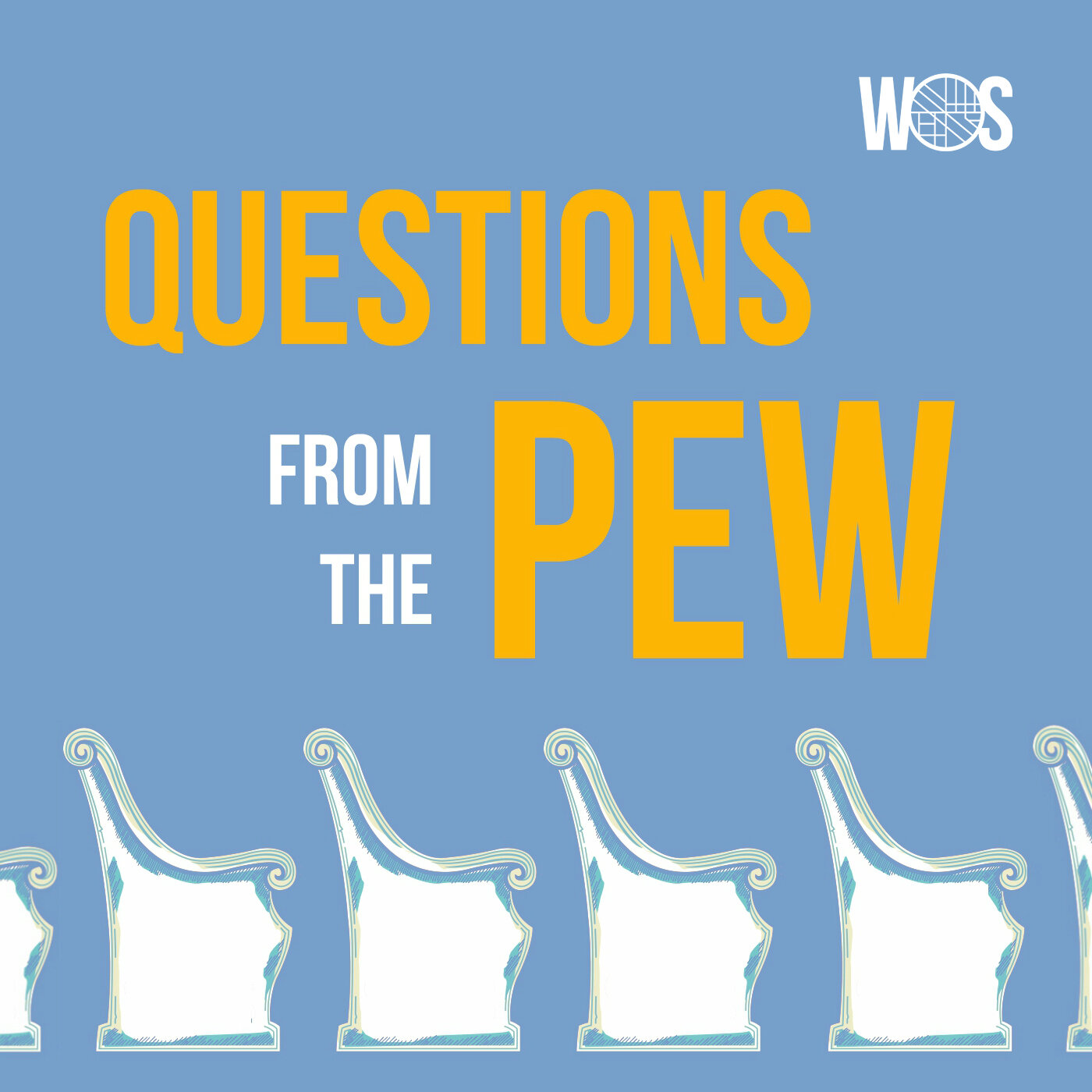S5E10 - Intercultural Relationships, Part 1
We’ve said it before on the podcast: America grows more and more diverse every year. And there’s U.S. Census Bureau data to support that. The Diversity Index measures the probability that two randomly chosen people come from different racial or ethnic groups. Between 2010 and 2020, the United States as a whole went from a 54.9% chance to 61.1%. Particularly in major urban areas, the likelihood of your coming into contact with someone from another cultural or ethnic background is higher today than it was even ten years ago.
But the growth in diversity isn’t always accompanied by a corresponding growth in how to engage in intercultural or interethnic relationships well. Even if people are from the U.S. as opposed to having migrated from another country, the gaps between cultures and ethnicities can be wide. Family cohesion is more ingrained in some cultures than others that value independence. Honesty – even brutal honesty – is expected in some cultures while politeness – sometimes to a fault – is assumed in others. All of these are gaps. And often, these gaps are unseen or unacknowledged, causing difficulties in these kinds of relationships and those connected to them.
In this two episode conversation, we’re joined by Ruth Nathaniel and we ask: Are there blind spots when we engage in a deep relationship with someone from another cultural or ethnic background? What are the beauties of being in intercultural or interethnic relationships? All that and more on this edition of the podcast.

